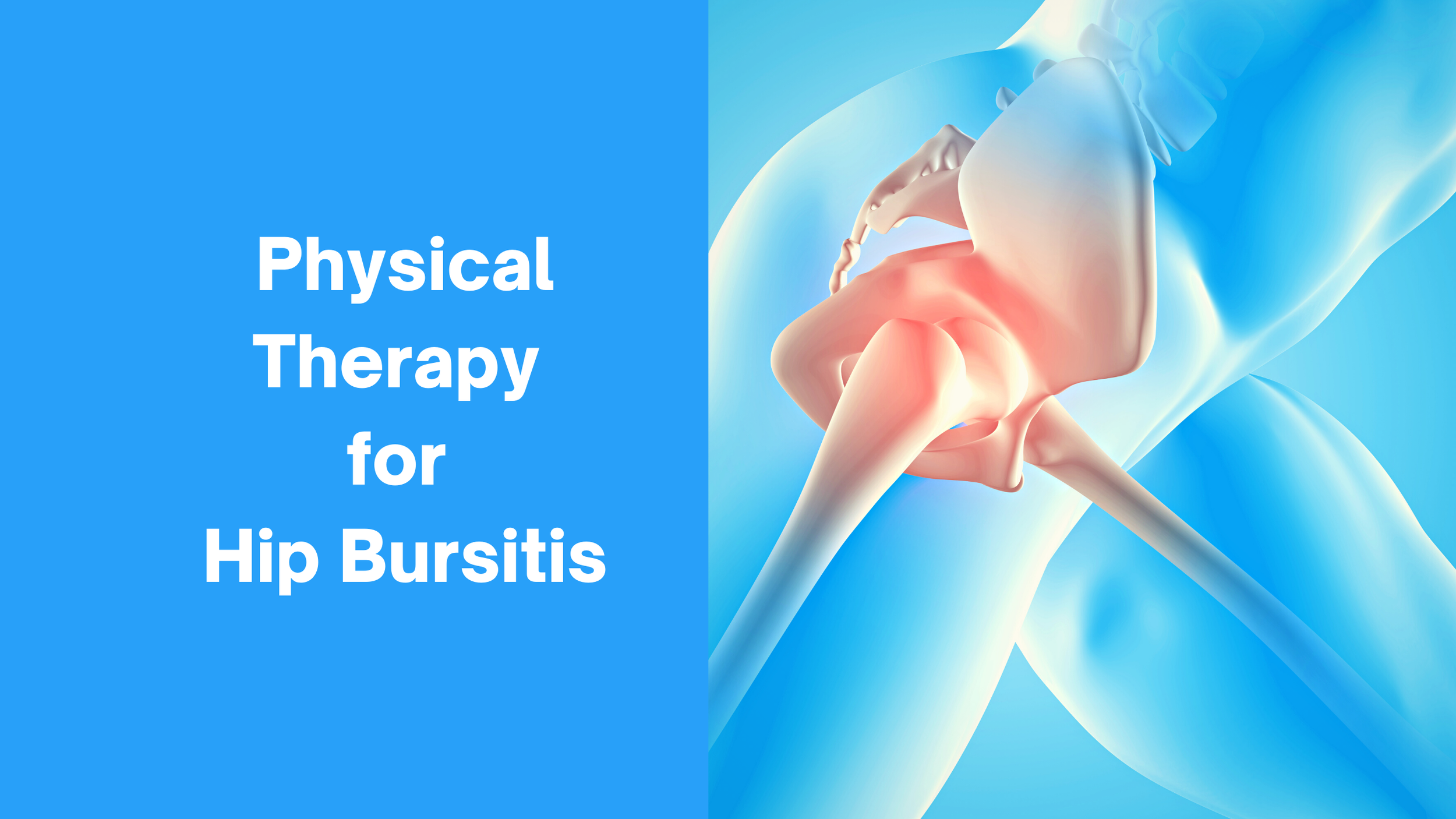Mangiarelli Rehabilitation Physical Therapy Blog
Treating Plantar Fasciitis with Physical Therapy
Mangiarelli Rehabilitation physical therapist Sarah demonstrates three exercises to reduce plantar fasciitis pain and restore function. Plantar fasciitis is a common cause of foot and heel pain that develops due to repeated activities that strain the plantar fascia, a thick band of tissue that rungs along the bottom of the foot and supports the arch of the foot. Physical therapy is highly effective in treating plantar fasciitis, using manual therapy and therapeutic exercise to reduce pain, restore function and strength in the foot, and improve foot mechanics.
The Role of Exercise in Stress Management
Regular exercise can help you complete the stress response cycle and help your body return to homeostasis. The stress response system is a mechanism that is triggered by a threat to one’s well-being or survival, causing a cascade of protective physiological responses that prepare the individual to combat the threat or flee from it. While this is helpful in response to an acute stressor, a chronic stress response can have detrimental effects on your physical and mental health, contributing to disease, chronic pain, and anxiety. Exercise helps you complete the stress cycle by engaging your body in movement, which completes the flight response your body prepares for when encountering a stressor. Exercise can also be used therapeutically to help calm the chronic stress response and reduce chronic pain through graded low-impact exercise.
Physical Therapy for Sciatica
Sciatica is nerve pain that radiates from the low back through the buttocks and down the length of the leg due to compression of the sciatic nerve. Originating in the low back, the sciatic nerve is most commonly compressed by a herniated or slipped disc, causing shooting pain and tingling and numbness through the back and leg. Physical therapy is one of the most effective treatments for sciatica, reducing inflammation, managing and minimizing pain, improving your physical function and mobility, and preventing the reoccurrence of sciatica symptoms.
The Importance of Prehabilitation Before Surgery
Prehabilitation has numerous benefits for pre-surgery patients. Prehabilitation is an individualized exercise conditioning program that prepares the body for the stresses of surgery, manages symptoms, and helps restore function in the injured area as much as possible prior to surgery. Prehabilitation, or “prehab,” works on improving a patient’s movement, flexibility, and strength before surgery to set them up for a successful recovery after surgery. Prehab has been shown to shorten recovery time and a patient’s hospital stay, reduce post-surgical pain and inflammation, and increase strength, stamina, and mobility.
How Physical Therapy Can Slow the Aging Process
Aging can be accompanied by physiological changes in the body that may limit your physical function, strength, balance, and mobility. However, research has shown that physical exercise can prevent age-related decline, delay loss of physical function, and reduce the risk of fall-related injuries. Physical therapy can help slow the aging process through customized and targeted exercise interventions that help seniors maintain and improve strength, function, mobility, balance, and vitality safely.
Physical Therapy for Frozen Shoulder
Frozen shoulder is characterized by structural changes in the shoulder joint, primarily thickening of the tissues of the shoulder joint capsule which “freezes” movement and range of motion in the shoulder. Frozen shoulder can result from diabetes, thyroid disease, Parkinson’s disease, or due to a period of enforced immobility of the shoulder due to trauma to the joint, shoulder surgery, or overuse injuries to the shoulder. Physical therapy is the first line of treatment for frozen shoulder and is highly effective in speeding up the recovery process and regaining shoulder mobility at any stage of the condition.
How Exercise Can Prevent and Reverse Heart Disease
Heart disease is a systemic cardiovascular disease that can lead to serious cardiac events, such as high blood pressure, heart attack, heart failure, and heart rhythm abnormalities. Regular exercise not only can help prevent the onset and development of cardiovascular disease but also is a critical therapeutic tool to improve outcomes for those with heart disease. Physical therapy can help reduce the risk of developing heart disease and improve the function of those with heart disease through a personalized exercise program to improve aerobic capacity, strength, and endurance safely.
Physical Therapy for Thoracic Outlet Syndrome
Thoracic outlet syndrome occurs when the nerves, arteries, or veins that run between your collarbone and the highest, first rib are pinched or compressed. The most common type is neurogenic thoracic outlet syndrome (TOS), in which weak or tight muscles cause the brachial plexus to be pinched and inflamed, often caused by repetitive overhead activities and heavy lifting. Physical therapy is the first line of treatment for neurogenic TOS, utilizing manual therapy, postural retraining, and targeted strengthening of the scapular muscles to relieve symptoms and improve function.
Addressing Gait Dysfunction with Physical Therapy
Mangiarelli Rehabilitation physical therapist Bobby demonstrates several gait training exercises to address gait dysfunction after a lower extremity knee injury. Gait dysfunction refers to changes in your normal walking pattern, often related to a lower extremity injury, disease, or underlying medical condition. Physical therapists are experts at addressing the root cause of your gait dysfunction and designing customized treatments to restore your gait and improve your function.
Tips for Managing Arthritis This Winter [Infographic]
Check out our 8 tips to manage arthritis this winter. Arthritis is a progressive chronic condition that involves inflammation, swelling, pain, and stiffness in one or more joints and is the leading cause of joint pain in the United States. Winter can exacerbate arthritic pain and stiffness due to the colder temperatures, precipitation, and decreased barometric pressure. Maintaining a regular exercise routine in winter is a key component of managing your arthritis, increasing your mobility, and decreasing your pain and stiffness.
Physical Therapy for Posterior Tibial Tendon Dysfunction
Posterior tibial tendon dysfunction (PTDD) is one of the most common problems of the foot and ankle that occurs when the posterior tibial tendon is inflamed or torn, leading to an acquired flat foot. PTDD most often results from overuse due to repetitive loading on the tendon that causes microtrauma, inflammation, and eventually a tear of the posterior tibial tendon. Physical therapy can restore flexibility and strength in the foot and ankle, alleviate pain, and help patients return to the highest level of function.
Physical Therapy for LCL Injury
A lateral collateral ligament (LCL) injury occurs when the ligament on the outer side of the knee is overstretched and tears, causing pain, swelling, and knee instability. The LCL, which is a thick band of tissue connecting the thighbone and shinbone, can be injured if the knee is hit on the inside, pushing the knee outward or if the knee straightens too quickly or forcefully, hyperextending and straining the outside of the knee. Most LCL injuries heal with conservative non-operative physical therapy treatment. Physical therapy can reduce LCL injury pain, restore strength and range of motion in the knee, and safely return athletes to their sport through a progressive therapeutic exercise program.
How Exercise Can Prevent & Address Alzheimer’s Disease
Alzheimer’s disease is a progressive neurodegenerative condition that damages brain cells, limits cognitive function, inhibits physical function, and leads to reduced functional independence. It is the most common form of dementia and develops with age, affecting 6 million Americans last year. Exercise can be extremely beneficial not only in preventing Alzheimer’s disease but also in improving symptoms of the disease and slowing cognitive and physical decline in Alzheimer’s patients.
Physical Therapy for Diabetic Peripheral Neuropathy
Peripheral neuropathy is a common complication of diabetes in which nerve function is diminished or lost due to uncontrolled, high blood sugar levels. It is commonly experienced in the hands and feet and can cause feelings of numbness and tingling in the affected limbs, a loss or absence of sensation, burning or sharp pain, and increased sensitivity to touch in the affected area. Physical therapy plays a vital role in helping those with peripheral neuropathy improve and maintain function, enhance overall quality of life, and alleviate symptoms of diabetic peripheral neuropathy.
Physical Therapy for Hip Bursitis
Hip bursitis involves inflammation of the bursae, the small fluid-filled sacs that provide cushioning between the hip bones and the soft tissue of the hip (muscles, tendons, and ligaments). Hip bursitis is most common among middle-aged and older adults and affects women more than men. Physical therapy can effectively treat hip bursitis, reducing pain, addressing muscle-related weakness, and helping patients return to daily activities and sports safely. A physical therapist treats hip bursitis with a combination of stretching, strengthening, and movement retraining to decrease irritation in the hip, improve strength and range of motion, resolve pain, and restore normal function.
Physical Therapy to Address Frailty in the Older Population
Frailty is a common syndrome among older adults that involves loss of muscle strength, exhaustion, low levels of physical activity, and increased risk of falling. Inactivity and the subsequent sarcopenia, or a decrease in the amount and quality of muscle, is a major cause of frailty in older adults. Physical therapy can help those with frailty restore overall mobility, strength, and cardiorespiratory capacity safely through a customized therapeutic exercise, strengthening, and balance training program.
Rheumatoid Arthritis Infographic
Rheumatoid arthritis (RA) is a systemic autoimmune disease that affects the soft tissue around joints, causing joint inflammation and limiting joint function. Physical therapy and exercise can alleviate symptoms and improve function and quality of life in individuals with rheumatoid arthritis. A physical therapist can design a custom treatment and exercise treatment to help RA patients maintain fitness, increase strength to support affected joints, improve range of motion, and maintain the ability to do daily activities.
Shoulder Separation Infographic
Check out our infographic on physical therapy for a shoulder separation. Shoulder separations occur when one or more of the ligaments that hold the clavicle and the scapula that form the AC joint become strained or torn. This is a common shoulder injury in football due to the high-contact and tackling nature of the sport. Physical therapy can effectively treat shoulder separations, helping athletes manage pain, restore shoulder mobility, and strength, and return to sport safely.
Exercises After Breast Cancer Surgery
October is Breast Cancer Awareness Month. Breast cancer is the second most common cancer diagnosis and is commonly treated with surgery, such as a total mastectomy or removal of axillary lymph nodes. These surgeries can affect your ability to move your shoulder and arm. It is essential to engage in gentle movement and exercise post-surgery once cleared by your doctor to regain full range of motion, function, and strength in the affected arm and shoulder. Mangiarelli Rehabilitation physical therapy assistant and certified lymphedema therapist Sue demonstrates several exercises you can do after breast cancer surgery to restore shoulder and arm function.
Physical Therapy for Snapping Scapula Syndrome
Snapping scapula syndrome involves popping, grating, grinding or snapping of bones and tissue in the shoulder blade when lifting or moving the arm. It is most common in young, active people who perform repeated overhead movements. Physical therapy is an effective way to treat snapping scapula syndrome, reducing pain and soft tissue inflammation and addressing loss of motion and muscle weakness through therapeutic exercise, strengthening, and manual therapy.









![Tips for Managing Arthritis This Winter [Infographic]](https://images.squarespace-cdn.com/content/v1/5e419cdc97af032560004b99/1670250270997-S6EJNT7B2R2OS9MKFC95/Blog+Winter+Arthritis.png)





















